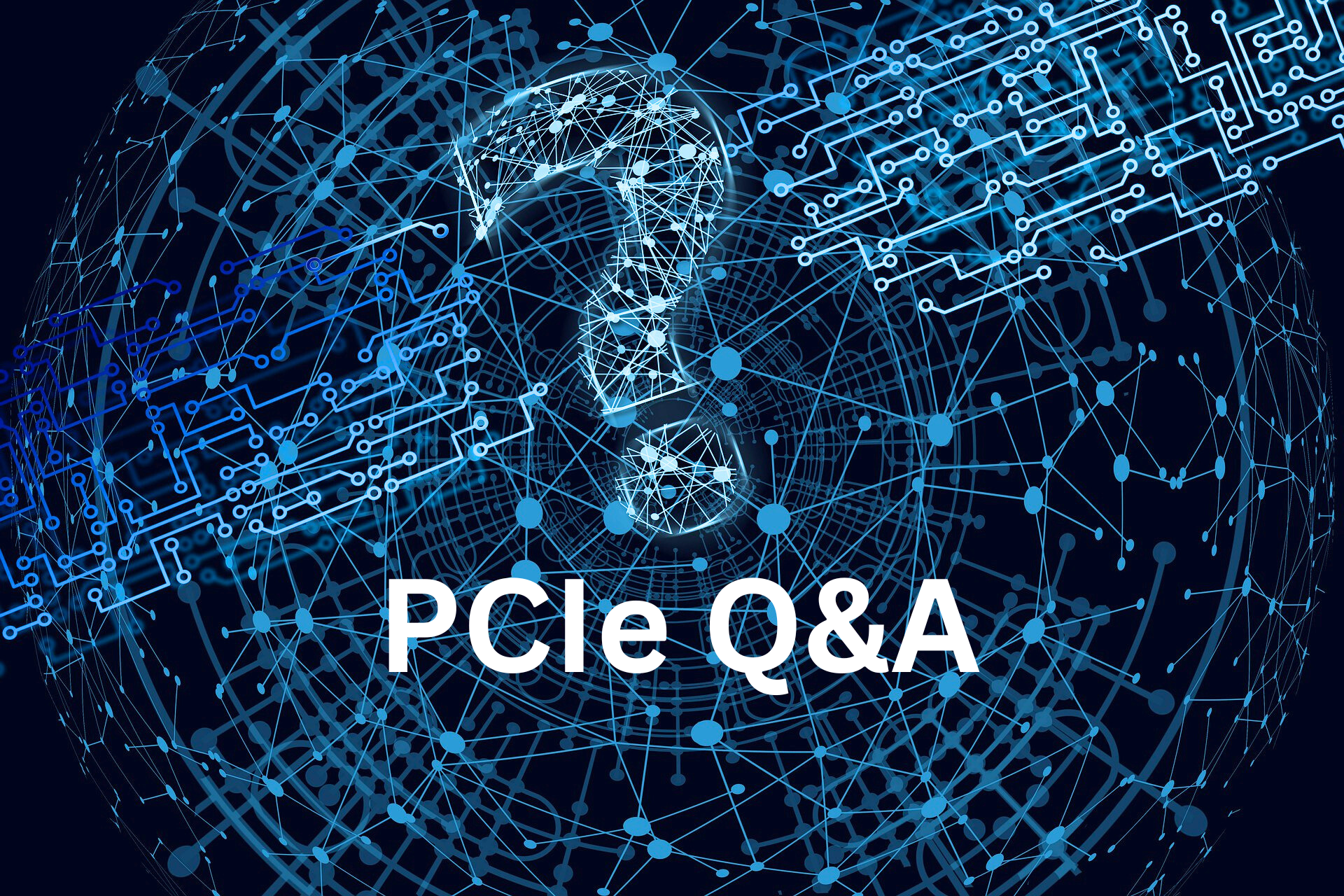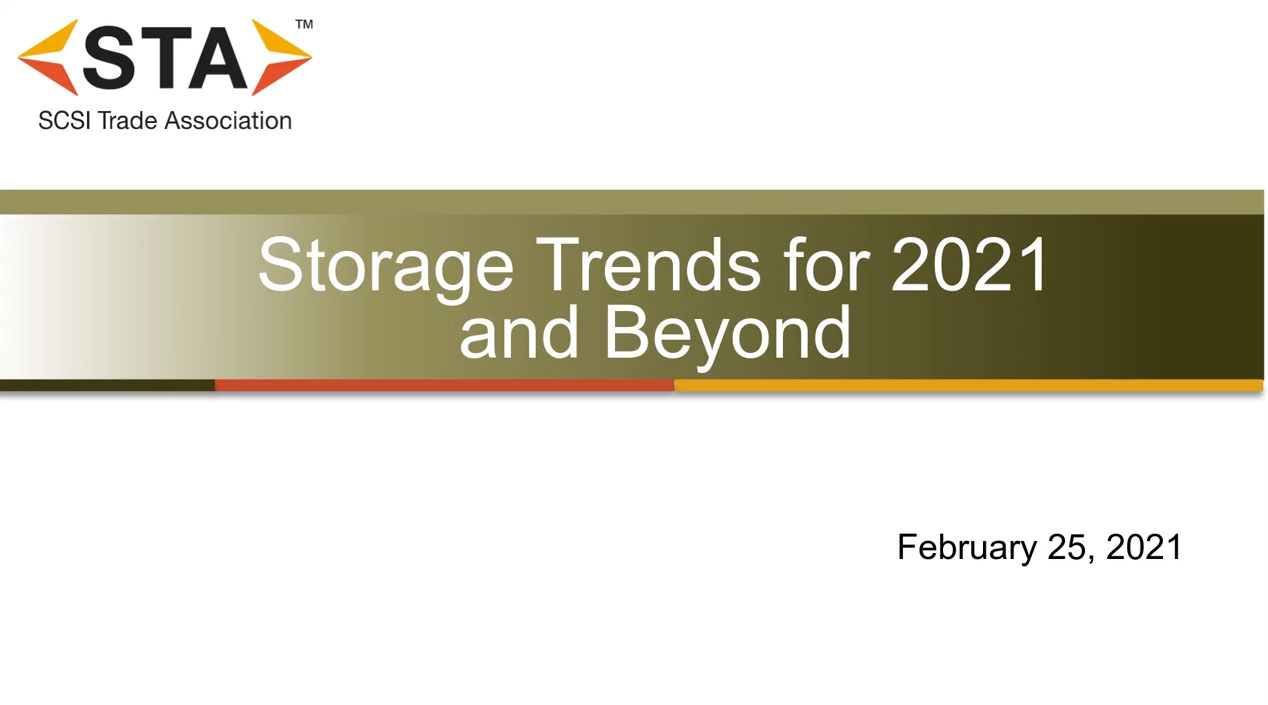Questions from “Storage Trends for 2021 and Beyond” Webcast Answered
This is part two of the Q&A portion of the roundtable talk between Rick Kutcipal, board director, SCSI Trade Association (STA); Jeff Janukowicz, Research vice president at IDC; and Chris Preimesberger, former editor-in-chief of eWeek, where they discussed prominent data storage technologies shaping the market. If you missed this webcast titled “Storage Trends for 2021 and Beyond,” it’s available on demand here. Part One of the Q&A can be found at https://www.scsita.org/library/qa-part-1-from-storage-trends-for-2021-and-beyond-webcast/. Q1. What are your views around NVMe over Fabrics? A1. NVMe technology enables the benefits of flash-based storage to be realized at a much larger scale and not limited to the confines of PCIe backplane-based systems. With NVMe-oF technology, it’s possible to attach many SSDs in a network — generally far more than the number that can be accommodated via PCIe backplane-based systems. With NVMe-oF technology, high performance, low latency flash-based storage resources can be disaggregated from the servers and pooled into a network-attached, shared resource. With this pooling, the ability to provision just the right amount of storage for each workload on each server within the data center is achievable. This highly resembles SAN technology that SAS/SCSI has been implementing for decades. SAS inherently scales from direct-attach topologies to large-scale storage systems with hundreds (if not thousands) of drives. Q2. Where can we get the 24G SAS specs? A2. The T10 Technical Committee of the InterNational Committee for Information Technology Standards (INCITS) develops the technical standards concerning the SAS specifications. INCITS is accredited by, and operates under rules that are approved by, the American National Standards Institute (ANSI). These rules are designed to ensure that voluntary standards are developed by the consensus of industry groups. Please visit the T10 Working Drafts site for the most comprehensive list of documents for the SAS technical specifications. Anyone can access the drafts until they are published by ANSI, after which they are available for purchase from the ANSI eStandards Store at https://webstore.ansi.org/SDO/INCITS. Q3. Do you see any effort going into optical SAS? Will it get any coverage at the next plugfest? A3. Optical 24G SAS cable samples are available today and have been tested during the 24G SAS plugfest. We are seeing an increased interest in active 24G SAS cables, both optical and copper, and expect the trend to continue. Q4. Do you have any report or study about Intel DC Persistent Memory usage for the next 5 years? A4. Per the Emerging Non-Volatile Memory report, Market and Technology Report 2020 (Yole Developpement, www.yole.fr):- The stand-alone emerging NVM market is dynamic and is expected to grow with a CAGR (2019-2025) of ~42%, reaching more than $4B by 2025. 3D XPoint-based products for the datacenter space will play a key role in sustaining this growth.
- The stand-alone STT-MRAM market will be driven by adoption in low-latency storage (e.g., SSD caching), while RRAM could experience a resurgence thanks to the introduction of new low-latency RRAM-based drives by Japanese players.
- 20-bit Forward Error Correction (FEC)
- 128b/130b encoding
- Active PHY Transmitter Adjustment (APTA)
- Fairness and persistent connection enhancements
- Storage intelligence to optimize SSD performance















Leave a Reply